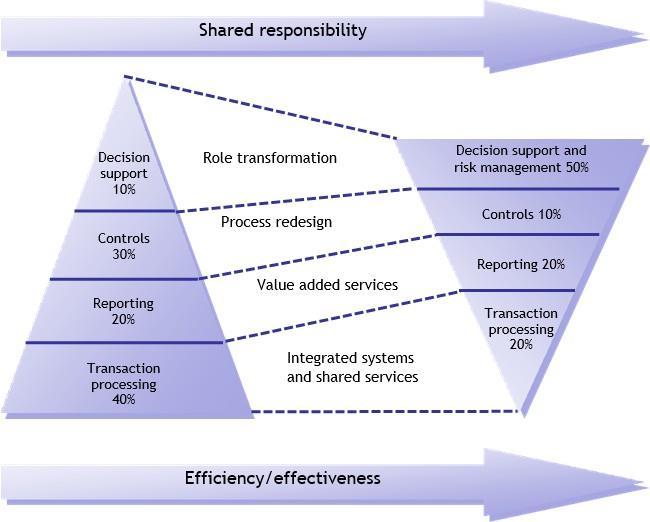
1 minute read
Profitability ratios
Ratio Possible interpretations
Return on Capital Employed (ROCE)
Advertisement
This gives an indication of how well an organisation has used the money that has been invested in it. In theory this should be different to the ROI and ROE described below. The ‘capital employed’ should include all investments — both from shareholders and banks. (Many books don’t make this distinction and use ROCE, ROI and ROE interchangeably.) In summary, ROCE looks at how much profit has been made compared with how much capital has been put into the organisation. For the capital employed figure you should then use all the money you’ve been given for investment — shareholders’ funds plus bank loans. Ideally, this figure should at least exceed maximum gross interest rates. If not, as managers, you should move all the capital into high interest accounts and make more money that way. Organisations with high fixed assets (manufacturing companies) would expect to see lower ROCE than service organisations. This ratio needs to be monitored quarterly in most organisations and also when major changes in fixed assets or investment have happened.
Return on Sales (ROS)
Interest burden or Interest Cover
This is the potential profit you have to either reinvest in the business or pay out in dividends. It’s also the ‘bottom line’ profitability that can be compared with the performance of your competitors.
If you have loans or overdrafts in the business they are going to cost you. The banks look at this as a key measure of your ability to continue to service the loan. If they see your profits falling significantly in relation to interest they are likely to want to renegotiate their loan terms with you. You need to understand your relationship with the bank to understand how close they will allow those figures to become. The economic climate will also impact on this figure because this changes the bank’s attitude to risk.



